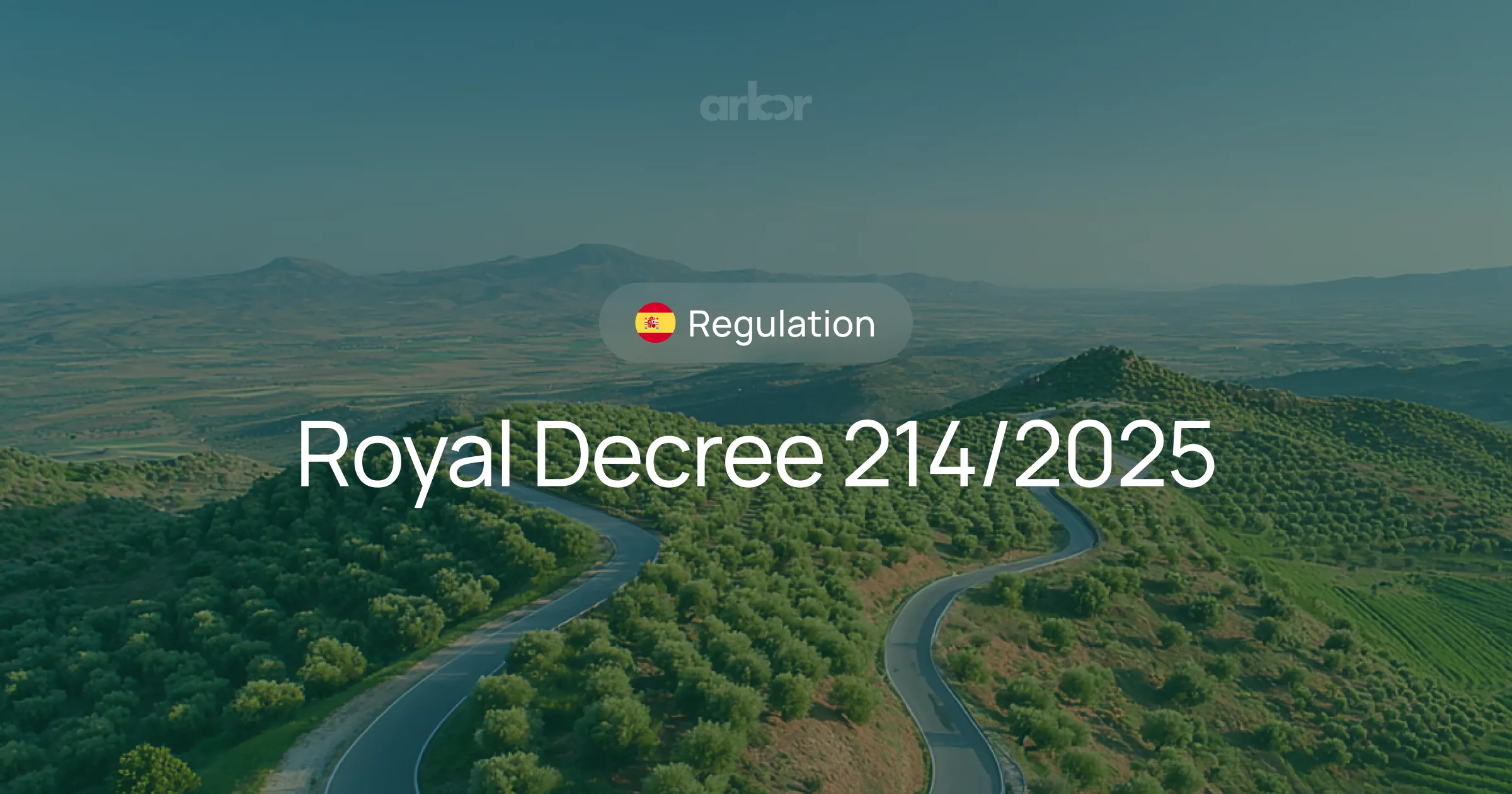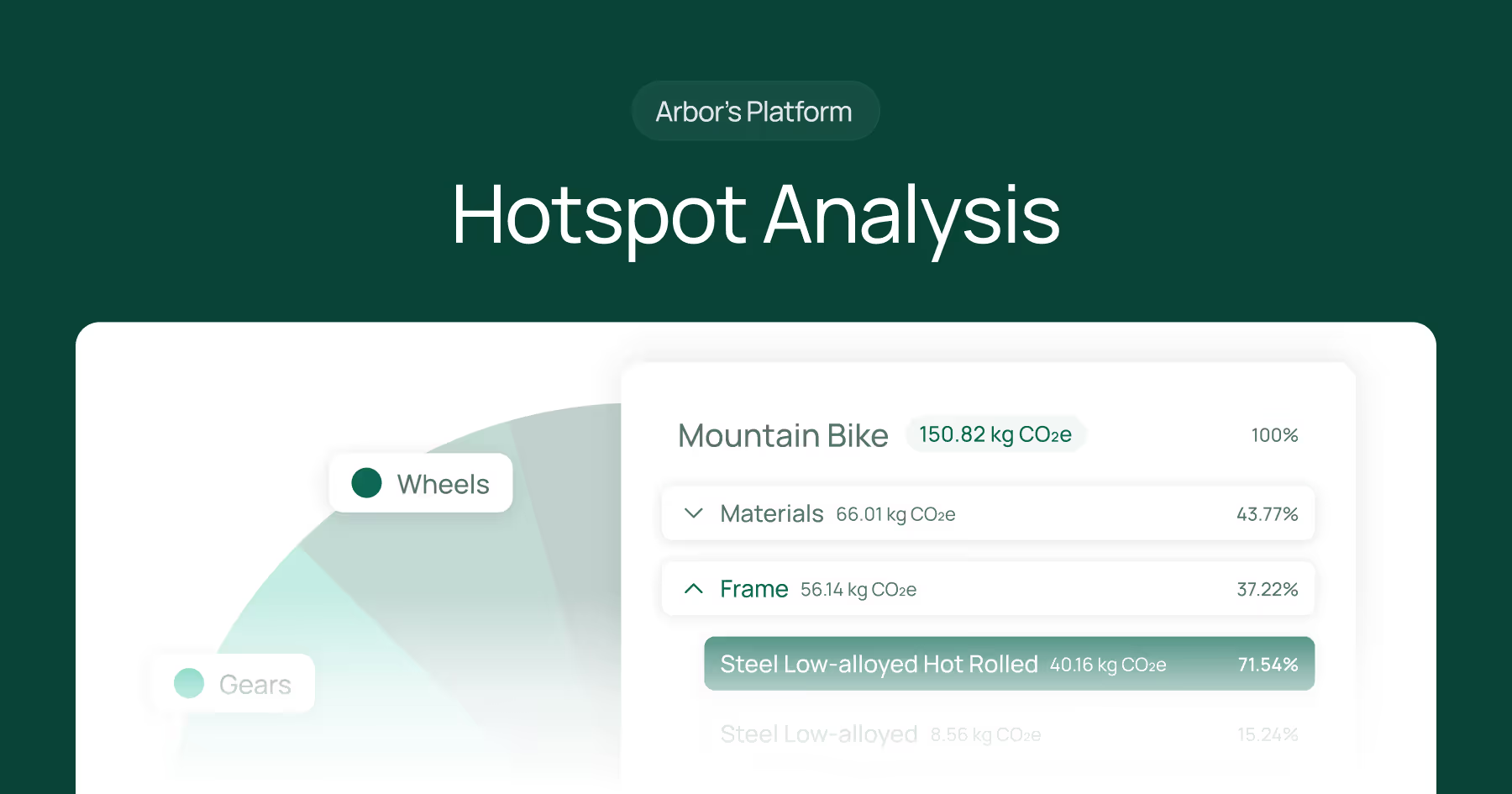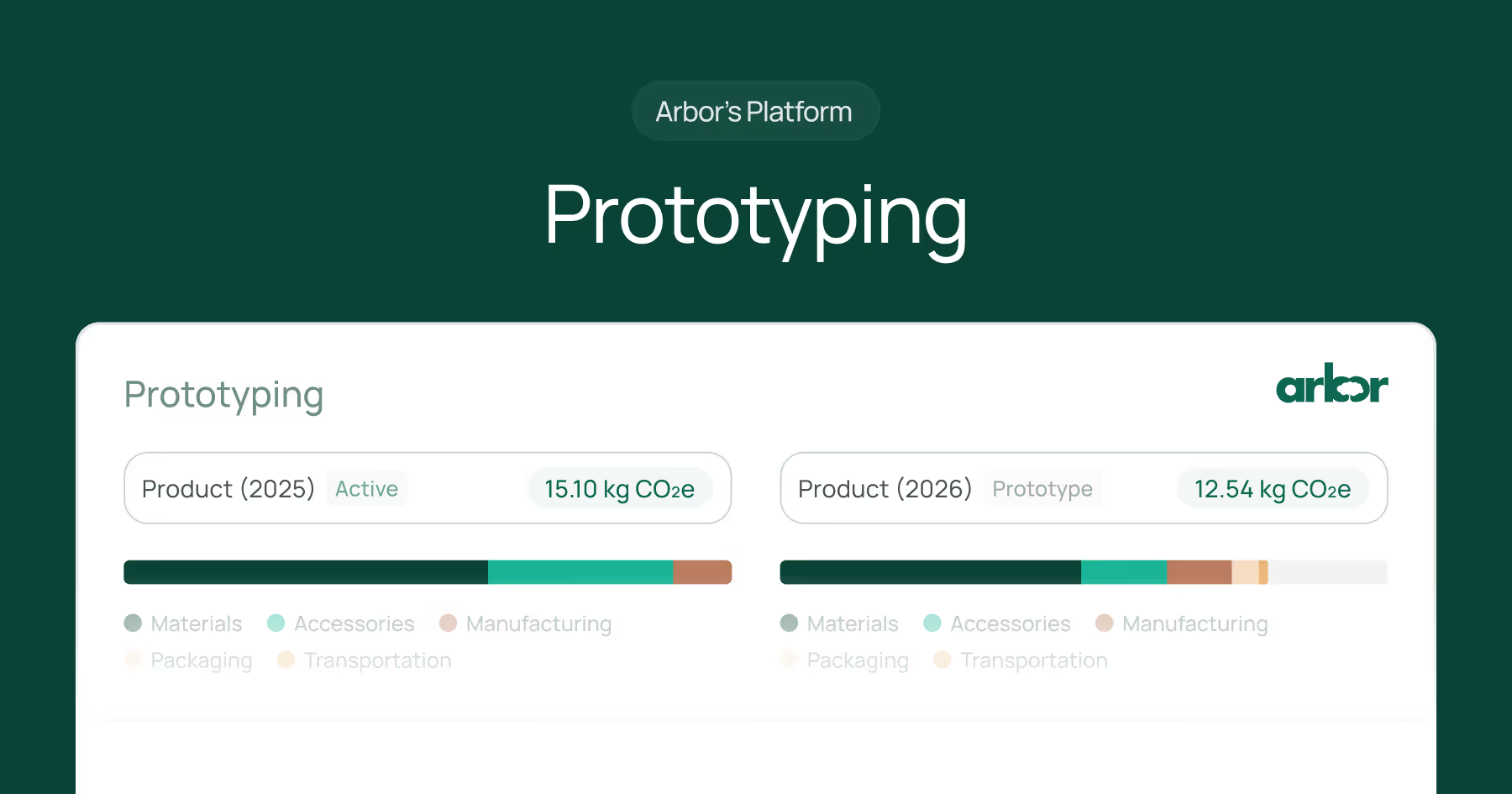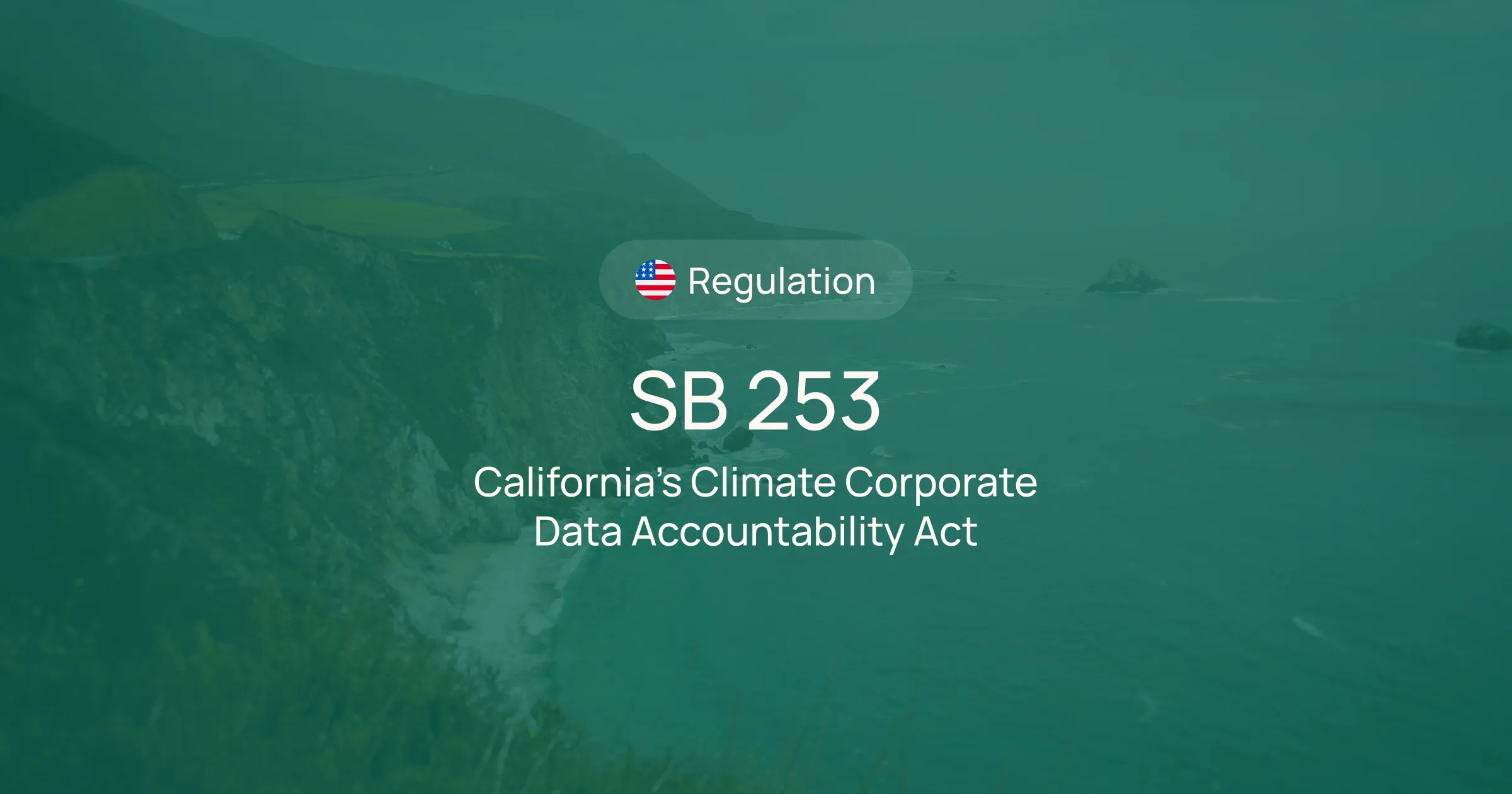Quantifying a product's environmental impact is important for companies to be conscious of their ecological footprint. The cradle-to-gate approach provides a targeted perspective on this front, measuring the cumulative environmental impact of a product from raw material extraction through to the point it leaves the factory gate. Unlike cradle-to-grave, which encompasses the full lifecycle, including use phase and end-of-life, cradle-to-gate focuses solely up until the production phase. This concept is particularly relevant for companies dedicated to reducing their upfront carbon emissions and seeking compliance with environmental regulations.

What does Cradle-to-Gate mean?
The cradle-to-gate approach is a crucial subset of the broader life cycle assessment (LCA) framework. It examines a product's journey from the "cradle" — the extraction of raw materials — to the "gate" — the point at which the product is ready to be shipped. This approach allows companies to hone in on the environmental impacts associated with the initial stages of a product's life and is instrumental in identifying opportunities for upfront carbon reduction.
Cradle-to-Gate in Life Cycle Assessment (LCA)
Within the LCA, cradle-to-gate is a method that helps quantify the direct emissions and energy use associated with a product's manufacture. It's particularly advantageous for companies focusing on the initial stages of the product lifecycle to reduce their carbon footprint and ensure that the most carbon-intensive phases of their operations are managed and optimized.
The Stages of a Cradle-to-Gate Analysis
Managing environmental impact effectively requires a deep dive into the stages covered by the cradle-to-gate approach. Let's explore these stages and how sustainable practices can be integrated.

1. Raw Material Extraction (Cradle)
This initial stage involves sourcing and extracting the raw materials needed for production. Companies can reduce their carbon footprint by choosing sustainably sourced materials and engaging in practices that minimize the environmental impact of extraction.
2. Manufacturing & Processing
Processing raw materials into finished products is energy-intensive and a significant source of emissions. Companies can significantly reduce their carbon output by implementing energy efficiency measures and transitioning to renewable energy.
Conducting a Cradle-to-Gate Calculation
Collecting data
Conducting a cradle-to-gate analysis involves detailed data collection on the following:
- Raw Material Extraction: Information on extraction methods, energy use, transportation and direct emissions.
- Manufacturing & Processing: Energy consumption data, production process emissions, and waste management.
To perform this analysis, the right tools are required to handle the complexity of the data involved. This is where Arbor's expertise comes into play. Our tools simplify the emissions calculations and ensure that they align with high standards, such as those set by the EU.
Measuring emissions
In alignment with the EU’s Environmental Footprint (EF V3.0 no LT) and the Product Environmental Footprint Category Rules (PEFCRs), Arbor can help simplify cradle-to-gate carbon footprinting. Arbor’s accurate data collection is imperative for reliable cradle-to-gate Life Cycle Assessments (LCA).
Here's how to approach this task:
- Sign up for an account at app.arbor.eco.
- Create your apparel product on Arbor's platform (for other product types, like buildings, vehicles, and much more, please talk to our team - we don’t bite).
- Add materials, accessories, manufacturing, packaging and transportation details to your product.
- Get your cradle-to-gate carbon emissions in a matter of minutes, not months.
Common Challenges in Cradle-to-Gate Analysis
In cradle-to-gate assessments, companies confront two challenges: the need for high-quality data and the complexity of analysis.
Data Availability and Quality
Securing accurate and comprehensive data is a significant hurdle in cradle-to-gate evaluations. Transparency with suppliers and the use of advanced technology for real-time data capture is pivotal in ensuring the integrity of these assessments.
Complexity in Analysis
Reducing the complexity inherent in cradle-to-gate analysis is key to precise environmental footprint management. For a streamlined process, specialized LCA software like Arbor and expert consultation is necessary.
Summary
The cradle-to-gate approach plays a pivotal role in helping companies quantify the environmental impact of their products, from the initial extraction of raw materials to the moment they're ready for transport. This analysis is crucial for those committed to reducing their carbon footprint early in the product lifecycle and ensuring adherence to environmental regulations.
Unlike the cradle-to-grave approach, which covers the entire product lifecycle, the cradle-to-gate analysis focuses on the upfront stages, allowing companies to pinpoint and address the most carbon-intensive aspects of their operations.
This method emphasizes the importance of accurate data collection and managing the complexity of lifecycle assessments. It also facilitates informed decision-making that can lead to more sustainable material choices and production methods.
With specialized LCA software like Arbor’s, companies can streamline the cradle-to-gate process, overcoming challenges such as data integrity and the intricacies of analysis. Arbor’s platform, compliant with EU standards, offers a transparent and straightforward solution, enabling businesses to obtain their cradle-to-gate carbon emissions swiftly and effectively.
Ready to calculate your company's carbon impact?
Talk to Arbor's carbon experts to see how we can help you conduct accurate and comprehensive cradle-to-gate assessments.
Measure your carbon emissions with Arbor
Simple, easy carbon accounting.

FAQ about Cradle-to-Grave Carbon Calculations
What is the difference between gate-to-gate and cradle-to-gate?
The main distinction lies in the scope of assessment; the gate-to-gate analysis is narrowly focused on operations within a single facility, measuring the environmental impact from raw material reception to finished product. In contrast, the cradle-to-gate approach is broader, encompassing the entire process from resource extraction, manufacturing, and modification up to the point where products are ready to leave the production site. This comprehensive view is crucial for companies aiming to minimize the upstream environmental impacts of their products.
What is an example of a cradle-to-gate product?
A classic example of a cradle-to-gate product is the aluminum beverage can. Each step's carbon footprint is meticulously evaluated, from the bauxite mining for aluminum to manufacturing the can. Companies like soda manufacturers use this analysis to optimize the sustainability of both the product and packaging, ensuring they address the environmental impact before the goods reach the consumer. This makes it a prime focus for companies keen on upfront sustainability.
What does "cradle to site" mean?
Cradle-to-site refers to analyzing a product's environmental impact from raw material extraction to its arrival at the place of use, encompassing the stages of the cradle-to-gate assessment plus transportation. This metric is essential for businesses that aim to understand the embodied carbon associated with their product’s journey to the consumer, optimizing logistics and reducing emissions.
What is the cradle-to-gate calculation?
Cradle-to-gate calculations in LCA quantify a product's environmental footprint until it leaves the factory gate. They dive into emissions and resource use but exclude post-purchase usage and disposal, focusing companies on the direct impacts of manufacturing and providing a clearer picture of their production-related environmental footprint.
What is the meaning of cradle-to-gate?
Cradle-to-gate is a partial life cycle assessment of a product from the extraction of raw materials to the point it's ready to be shipped to the consumer. It's a foundational element for environmental product declarations and helps companies target the environmental impacts they can control directly, often leading to more sustainable material choices and production methods.
When to use cradle-to-gate?
Using cradle-to-gate is advisable when a company seeks to understand and improve the environmental impacts inherent in the production process up to the product's point of sale. This approach streamlines the LCA, offering speed and clarity, and is particularly useful for companies analyzing internal processes and seeking to implement immediate sustainability improvements.
What is the cradle-to-gate footprint?
The cradle-to-gate footprint refers to the total greenhouse gas emissions from resource extraction to the completed product. For companies like BASF, this calculation encompasses the sum of all emissions, expressed in CO2 equivalents, during these phases, forming the basis for strategies to reduce a product's initial carbon footprint.
Does cradle-to-gate include distribution?
Cradle-to-gate analyses typically conclude at the manufacturer's gate and do not incorporate the distribution, storage, use, or end-of-life phases. This approach allows companies to focus on reducing the environmental impacts associated with the early stages of the product supply chain, establishing a baseline for broader sustainability initiatives.
Does Cradle-to-Gate include Scope 3?
Cradle-to-gate evaluations may account for some Scope 3 emissions, such as those associated with purchased goods and services in the product's creation. However, according to the GHG Protocol, these do not cover the product's entire Scope 3 emissions, including downstream processes like distribution and end-of-life stages.
Why is it called cradle-to-cradle?
The term cradle-to-cradle (C2C) signifies an eco-friendly approach that plans for a product’s lifecycle to be circular. End-of-life materials become inputs for new products—from one generation’s "cradle" to the next. This is a sustainable contrast to the "cradle-to-grave" model, which typically ends with disposal, signalling a more holistic and responsible design philosophy.
What are the 3 steps of cradle-to-gate?
The three primary steps of cradle-to-gate include:
- Raw Material Extraction
- Transportation to Manufacturing Facility
- Manufacturing & Processing
What’s the best tool for calculating cradle-to-gate?
The best tool for calculating cradle-to-gate varies with company needs. However, purpose-built LCA software like Arbor offers a robust, user-friendly platform that simplifies the process with accurate, real-time data collection and analysis while aligning with the latest sustainability standards.




.webp)











%20Arbor.avif)





%20Arbor.avif)


.avif)






%20Arbor%20Canada.avif)

.avif)
%20Arbor.avif)
.avif)






_.avif)
.avif)
%20Arbor.avif)




%20Software%20and%20Tools.avif)





.avif)
.avif)




%20EU%20Regulation.avif)











.avif)


%20Arbor.avif)









_%20_%20Carbon%20101.avif)







.avif)

.avif)
.avif)



.avif)








